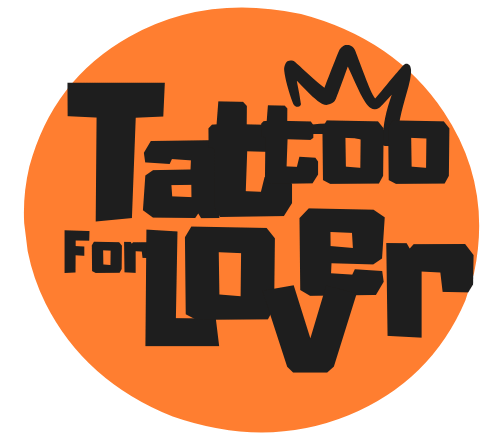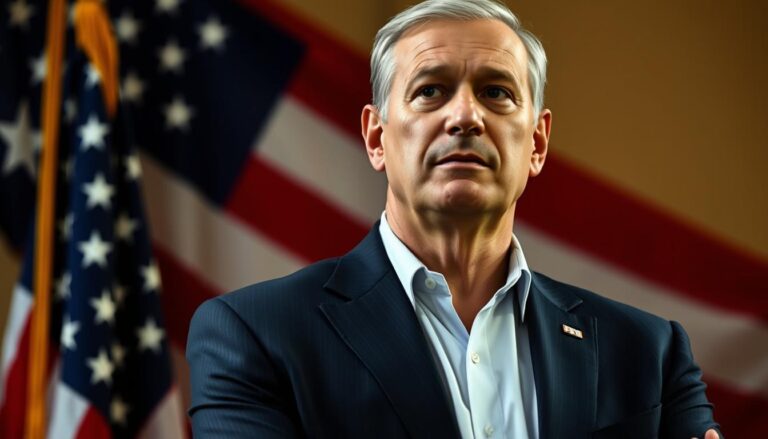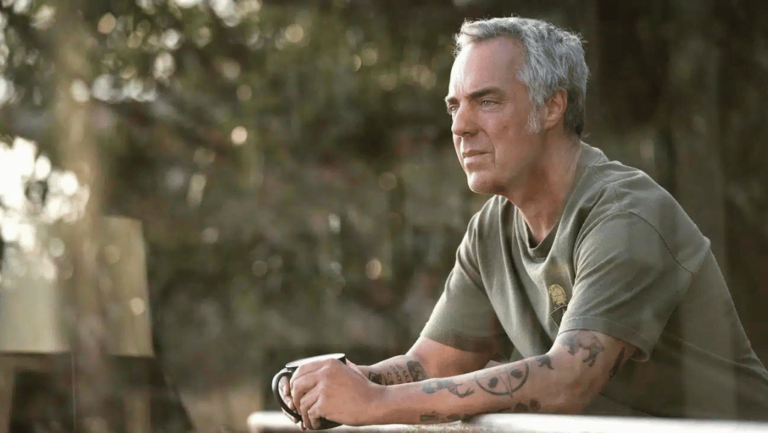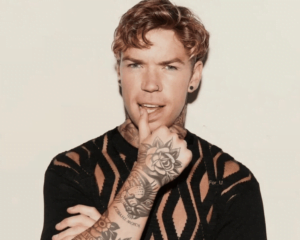Tattoos have long-held connotations as a marker of rebelliousness, but the fashion industry is becoming increasingly accepting of tattooed models. While most modeling agencies prefer models without tattoos, there are exceptions where models with body art have had successful careers, particularly in the alternative modeling industry. However, in high-fashion, having tattoos and piercings can limit a model’s opportunities, especially with high-end brands that have a more sophisticated clientele. Most agencies and companies prefer their models to have no body art because they see tattoos as a distraction from showcasing clothing collections. Despite this, there are some models, such as Cara Delevingne and Jourdan Dunn, who have paved successful career paths despite their tattoos.
Key Takeaways:
- While the fashion industry is becoming more accepting of tattoos, most modeling agencies still prefer models without body art.
- In high-fashion, tattoos and piercings can limit a model’s opportunities, especially with high-end brands that have a more sophisticated clientele.
- Models like Cara Delevingne and Jourdan Dunn have successfully built careers in the industry despite their tattoos.
- In the alternative modeling industry, Can a Model Have Tattoos be an advantage.
- Aspiring models should carefully consider the impact of tattoos on their desired career in the fashion industry and the preferences of the brands they want to work with.
Continue reading to discover more about the modeling industry standards for tattoos and the impact of tattoos on modeling careers.
Modeling Industry Standards for Tattoos
While the modeling industry is experiencing an increase in acceptance towards tattoos, the prevailing industry standard still leans towards models with minimal or no body art. This preference is particularly evident in high-fashion brands, which adhere to strict criteria such as specific height and body measurements, as well as a preference for a blank canvas on which to showcase their clothing collections. These brands consider tattoos as potential distractions from the garments themselves, focusing on presenting an ideal vision of beauty.
Nevertheless, there are exceptions to this rule, with some models successfully challenging stereotypes and achieving recognition despite their body art. Research indicates that brands are more receptive to working with tattooed models once they have achieved a certain level of fame and established a strong reputation within the industry. This highlights a shift towards a more inclusive mindset, recognizing the unique appeal and potential of tattooed models.
While the tattoo acceptance spectrum varies across different segments of the modeling industry, it is worth noting that the prevalence of body art is gradually increasing. This is partly attributed to a broader cultural shift towards embracing individuality and diversity in fashion. As societal perceptions around tattoos continue to evolve, so too will the modeling industry’s standards and policies regarding body art.
Advancing Acceptance
Although high-fashion labels continue to predominantly favor models with minimal tattoos, certain key industry players and designers have embraced alternative aesthetics and challenged the prevailing standards. This has led to more opportunities for tattooed models within niches such as alternative or edgy fashion. By subverting traditional beauty ideals, these models bring a unique perspective to the industry and cater to audiences seeking representation and authenticity.
Additionally, emerging studies suggest that consumers are increasingly drawn to advertising that reflects diversity, including models with tattoos. This trend encourages brands to reconsider their traditional standards, paving the way for a more inclusive and representative modeling industry. As more tattooed models gain visibility and recognition, it is expected that the industry’s perception of body art will continue to evolve.
The Impact of Brand Recognition
A model’s level of fame and recognition within the industry can significantly influence a brand’s willingness to collaborate with tattooed individuals. Established and highly sought-after models, such as Cara Delevingne and Jourdan Dunn, have successfully broken barriers and shattered stereotypes, establishing themselves as prominent figures in the fashion world. Their influence and fanbase have given fashion brands the confidence to feature models with tattoos without compromising their brand image.
However, for aspiring models starting their careers, the decision to get visible tattoos should be approached cautiously. The impact of tattoos on an individual’s modeling career depends on various factors, including personal style, industry standards, and career aspirations. It is crucial for models to consider the potential limitations and opportunities that body art can present before committing to permanent ink.
Famous Models with Tattoos

Many famous models have tattoos and have managed to have successful careers despite their body ink. Some notable examples include Cara Delevingne, who has over 30 tattoos, including a famous lion tattoo on her finger and tattoos on her hand, neck, and scalp. Other models like Jourdan Dunn, Gisele Bundchen, Kate Moss, Kendall Jenner, Bella Hadid, and Ruby Rose also have tattoos, though they may be smaller and less noticeable. These top models have been able to get away with body art because of their reach, large fanbase, and the recognition they have gained in the industry.
| Model | Tattoos |
|---|---|
| Cara Delevingne | Over 30 tattoos, including a lion tattoo on her finger |
| Jourdan Dunn | Tattoos on her wrist and back |
| Gisele Bundchen | Tattoo on her wrist |
| Kate Moss | Tattoos on her back and ankle |
| Kendall Jenner | Small tattoos on her finger and inner lip |
| Bella Hadid | Tattoos on her ankle and wrist |
| Ruby Rose | Tattoos on her arm, chest, and back |
These tattooed models have been able to maintain successful careers because they have built a strong personal brand that aligns with their tattoos. Their unique look and edgy appeal have helped them stand out in the industry and attract a dedicated following. While tattoos can still be a barrier to entry in certain areas of the modeling industry, these models have shown that tattoos can be embraced and celebrated, breaking traditional beauty standards and paving the way for more diversity and inclusivity in the fashion world.
Impact of Tattoos on Modeling Careers

While it is technically possible to be a model with tattoos, in practice, these body art choices can have a significant impact on a model’s career trajectory. The fashion industry, especially high-end brands, often have specific standards and preferences when it comes to the appearance of their models. The size, type, design, and placement of tattoos can make or break a modeling career, influencing the opportunities that may be available to a model.
Models with smaller, delicate tattoos in less visible areas have more options for covering up or concealing their ink if necessary. This can make it easier for them to conform to the preferences of brands that prefer a more pristine, blank canvas to showcase their clothing collections. On the other hand, models with large, colored tattoos prominently displayed on highly visible areas may face more difficulty in securing high-fashion or commercial modeling opportunities.
When it comes to professional modeling with tattoos, it is vital for aspiring models to carefully consider their tattoo choices and their potential impact on their desired career in the fashion industry. Models should think about the industry standards, the specific brands they aspire to work with, and the target audience they wish to appeal to. By understanding these factors, models can make informed decisions about their tattoos and how they align with their career goals.
To illustrate the impact tattoos can have on modeling careers, let’s take a look at the following table showcasing the contrasting experiences of models with different types of tattoos:
| Model | Tattoos | Career Trajectory |
|---|---|---|
| Anastasia | Small, discreet tattoos on the back and ankle | Successfully booked for commercial campaigns and mainstream fashion shows |
| Sebastian | Large, colorful sleeve tattoos | Limited opportunities in high-fashion but found success in alternative modeling industry |
| Isabella | No visible tattoos | Booked for prestigious high-fashion brand campaigns and runway shows |
As you can see from the table, models like Anastasia with discreet tattoos may still find success in professional modeling, particularly in commercial campaigns and mainstream fashion shows. However, models like Sebastian, with more prominent body art, may face limitations in high-fashion opportunities but can find success in the alternative modeling industry that embraces a diverse aesthetic. On the other hand, models like Isabella, with no visible tattoos, are more likely to secure bookings for prestigious high-fashion brands.
Ultimately, the impact of tattoos on a modeling career depends on various factors, including the specific requirements and preferences of brands, the target audience, and the overall image and aesthetic the model presents. It is crucial for aspiring models to carefully consider these factors when deciding to get tattoos and the potential impact they may have on their modeling opportunities.
Conclusion
In conclusion, the impact of tattoos on a modeling career can vary depending on several factors. While the modeling industry is gradually becoming more accepting of body art, it is crucial for aspiring models to understand the preferences and standards of the industry they wish to pursue.
Tattooed models may find more opportunities in the alternative modeling industry or with brands that embrace a diverse and edgy aesthetic. However, for those aspiring to work with high-end fashion brands, it is generally advised to have minimal and easily concealable tattoos.
Ultimately, the decision to get tattoos should be carefully considered, taking into account the industry standards, brand preferences, and personal career aspirations. By understanding the potential impact of tattoos, aspiring models can make informed choices that align with their modeling goals and increase their chances of success in the competitive fashion industry.
FAQ
Can a Model Have Tattoos?
Are tattoos accepted in the modeling industry?
Do famous models have tattoos?
How do tattoos impact a modeling career?
Forhad
Forhad's writing is not just about the artistry of tattoos or the latest trends in the industry; it's an exploration of the deep-rooted connections people have with their tattoos, reflecting personal narratives, cultural histories, and moments of transformation. Through a mix of in-depth features, personal narratives, and insightful analyses, he sheds light on the multifaceted nature of tattooing, revealing the emotional and cultural layers that lie beneath the surface.










